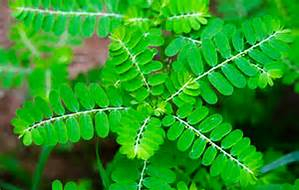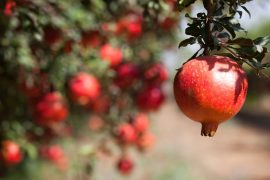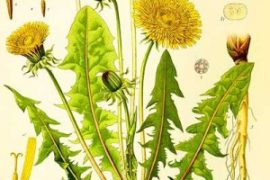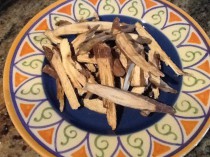Chanca piedra or phyllanthus niruri is a small annual herb that is native to the Amazon rainforest and other tropical regions. It has been used by indigenous people of the Amazon for its effectiveness in eliminating gallstones and kidney stones. This herb also has a long history in folk medicine for bladder and kidney problems, diabetes, hepatitis B and intestinal infections.
Benefits of chanca piedra
The Spanish name for the plant chanca piedra, means “stone breaker” or “shatter stone.” According to Phyllis Balch, in her book “Prescription for Natural Healing”, chanca piedra also has a wealth of phytochemicals including limonene, lupeol, methyl salicylate, quercetin, quercitrin, rutin and saponins. Phytochemicals are antioxidant compounds found in plants, which help to fight disease.
Its actions and uses include the ability to fight inflammation, bacterial and viral infections. While it’s best known as “stone crusher” for kidney and gallstones, it is also useful for asthma, bronchitis, colds, digestion, diarrhea, fever, muscle spasms and pain relief.
There are numerous studies on the benefits of chanca piedra. It has been found to inhibit the formation of calcium oxalate crystals (a component of kidney stones) and helps to break up the stones as well. The compounds contained in this herb also help to reduce the spasms of smooth muscles in the bladder, kidney and ureter so that kidney stones can be passed smoothly.
Types of kidney stones
Kidney stones affect approximately 1 in 11 people in the United States. If your doctor can get a sample of the kidney stone, it can be sent to a lab to determine what type of stone it is. Your doctor can then give you specific dietary recommendations to help prevent kidney stones in the future.
Calcium stones– This is the most common type of kidney stone. Most kidney stones are in the form of calcium oxalate. Oxalate is a naturally substance in many foods.
Cystine stones– This is a rare type of stone, as cystine stones form in people who have the genetic disorder cystinuria.
Struvite stones-Can be the result of an infection. These stones can grow quickly and become quite large. Women are more at risk due to higher incidence of urinary tract infections.
Uric acid stones-These stones are formed of uric acid, a waste product which is passed from the body through urine. Individuals who don’t drink enough water, or people who eat a high protein diet, have inflammatory bowel disease or who have gout are more likely to have this type of stone.
Common symptoms of kidney stones
Pain while urinating
Frequent need to urinate
Blood in the urine
Sharp pain in your lower back or lower abdomen
Sharp pain that travels from your back and side and moves towards the groin area
Nausea and/or vomiting
Forms of chanca piedra
Chanca piedra is available in a variety of forms such as liquid extract, capsules, tablets and tea. This herb is available online and in herb specialty shops.
Cautions:
This herb is a diuretic. Chronic long-term use of any diuretic can cause electrolyte and mineral imbalances.
People with a heart condition and/or taking prescription heart medications should consult their doctor before taking this herb.
This herb may interact with diuretics, diabetic and hypertensive drugs.
Pregnant women should not take this herb.
Always talk with your health care practitioner before taking any herbal supplements.
Resources
Prescription for Nutritional Healing, Phyllis Balch, CNC 2003
http://herballegacy.com/Chanca_Piedra_Thomas.html
http://www.rain-tree.com/chanca-techreport.pdf
http://www.ncbi.nlm.nih.gov/pubmed/?term=22034238
http://www.ncbi.nlm.nih.gov/pubmed/10921385
http://www.ncbi.nlm.nih.gov/pubmed/12010223
http://www.ncbi.nlm.nih.gov/pubmed/16890682.








